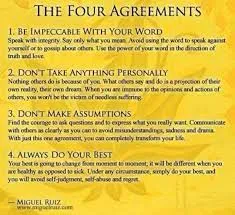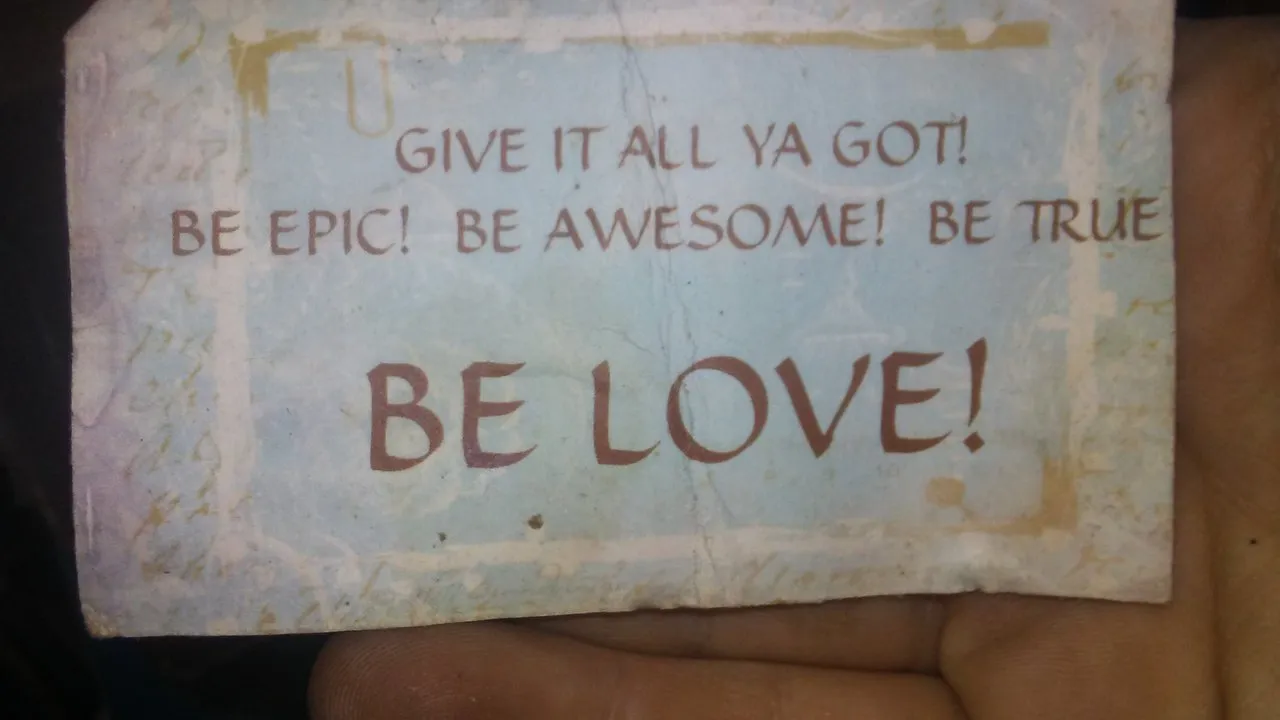Commune-ication seems quite fitting for a starting point at understanding just what we can have with others when we are able to express our thoughts and feelings to each other in a productive manner!
This question really caught my attention because I have spent decades learning about, and teaching others, how communicating can be our most valuable tool, or most destructive weapon. As someone who has spent time building, supporting, living in, and educating others about intentional communities in a variety of sub-culture settings, I have observed and (participated in) over and over again the success and failure of groups of humans purely due to communications.
One thing with humans, no matter how conscious we strive to be, conflict is inevitable. It is 100% guaranteed there will be conflict at some point. Whether it is a conflict between individuals, or a conflict within the group, how communications are handled determines the outcome. I have literally seen communities torn apart from two people having conflict. I have also seen communities thrive when the participants take the time to apply conscious communication techniques to situations involving work, play, and affairs of the heart.
The first step is listening, and one easy technique for that is using a physical object (talking stick, feather, shell, you can designate what you like) to get everyone to listen and speak one at a time. Whether you are like me and tend to interrupt people, or whether you are more in the not speaking up category, or emotions are really volatile ~ whatever the challenge is ~ the talking stick gets everyone on the same page. Only the person holding the talking stick can speak, and when they say what they have to say, they pass it to the next person. Everyone present honors this and listens, and waits until their turn to speak. It’s amazing, sometimes what you want to say might change completely by the time you get your turn, and when people feel like they are being listened to they are much more likely to be willing to listen to others as well.
Listening isn’t just not talking over someone, either. It’s actually hearing what they are saying, and understanding that everyone’s feelings are valid, even when they are different from yours. Facts are not debatable ~ but thoughts, feelings, and opinions ~ we ALL have those and they can’t really be right or wrong. We also haven’t walked a mile in someone else’s shoes and so even when someone speaks clearly we still can’t see the tapestry of their life that led them to that moment, to those words.

If you are unfamiliar with Miguel Ruiz’ book The Four Agreements, then please take some time and get to know it. Of all the things I have read and worked to apply to myself during this ongoing journey towards consciousness, it has become my best guide and absolutely necessary for pretty much every aspect o my life. Even now I still find moments where I struggle with each of them ~ for the journey is a life-long one to achieve consciousness!
I mention this here with listening because being a good listener involves not taking things personal, and not making assumptions. So often we tend to be offended, or close our minds/hearts to what someone else is communicating because we either 1 ~ take it personally (even when it has nothing to do with us) or 2 ~ assume we completely understand what someone is saying (their perspective, their experience, their feelings). That’s one of the funny things about humans, our sum of experiences is what makes us unique but we are so quick to act as if others experiences have led them to the exact same spot as us and we are the same. By applying these two agreements to our listening, we find that we can hear much more clearly what someone else is trying to express.
Once we have actually listened to what someone has to say, how we respond is the next step. I remember in my early teenage years I had some peer counseling training and what really stuck was the idea that how we express ourselves needs to be in a fashion that is not pushing our feelings on someone else. For example, rather than telling someone “You made me feel...” you could say “when that happened, I felt...” While it’s important to express to someone how you feel based on their actions, it’s also important to do it in a way that isn’t attacking them. Assuming someone meant something a certain way usually leads down a dead end road for productive resolution. While you don’t have to excuse a person’s behavior, you still can take a moment to listen (ask constructive questions if you need) and understand where they are coming from. It also gives you a chance to practice not taking things personal ~ you may feel offended but YOU may have zero to do with why they said/did what they did! A better term for that is miscommunications, and I would estimate that a very large percentage of communication conflict comes from miscommunications rather than intentional harm (along with not applying the four agreements).
Once a problem has been defined, there is no reason to continue to dwell on the problem. Moving forward is looking at all possible solutions and working together to see what the best solution for all concerned may be. I personally am a huge fan of consensus models of communication, where everyone has an equal say, and true resolution comes with finding a solution that everyone can live with. It isn’t majority rule, it isn’t unanimous ~ neither of those are consensus models. During this phase, it’s extremely important to apply the agreement “be impeccable with your word”. Make sure that what you are adding to the conversation is something you can honor. If you really don’t agree with a potential solution to the conflict or you are unable to participate in some fashion, you should respectfully express that. Be willing to be held to whatever you add to the conversation or action plan. Honesty is important at all times, and this step is no different.
I will take a moment here to touch on honesty as it is an important aspect of ALL conscious communications. Trust can be freely given, or it can be earned, but if it has been broken it can be extremely difficult to repair, if it is repairable. I can tell you from many personal experiences, honesty is ALWAYS the best policy. Dealing with people who have been lied to so many times they don’t trust anyone, or dealing with people who lie if they are opening their mouth, and everything between adds another huge challenge to conscious communications. I am sure all of you either personally are, or have a relationship with someone that fits in either or both of those categories (or somewhere between). Of course, applying the four agreements can make it much more likely that you can get past those hurdles!
Be kind. Be kind. BE KIND. While it’s important to add to the conversation, it’s just as important to remember to speak in a fashion that doesn’t hurt others. I have taught my children to think about how it would feel if someone spoke to them that way when they say something hurtful to someone else. While our thoughts might roam into any territory at any moment, no one can read your thoughts, but once you say something out loud it can’t be taken back. Since we also have the tendency to speak the most hurtful to the people closest to us, this one is a great daily meditation to improve any relationship through communications.
The fourth agreement, always do your best, applies to every aspect of communications. We all say or hear the wrong things sometimes. It’s gonna keep happening. As long as you do your best, that’s all you can do. What your best is, may not be the same today as yesterday, or tomorrow. You can’t do more than your best! Some days it will be more than enough; some days it won’t feel like nearly enough. Welcome to being human! Take a deep breath, let it out, and take a step forward. It’s a lifelong journey to learn to use our greatest tool ~ communication. But if you are taking the time to read things like this and apply them to your self-realization process, then you must already be on the right path.
There is always more to say on this subject, and I am really looking forward to reading some of the other posts in this challenge. Thanks so much @ecotrain for such a wonderful question!!

